Discover Manama, where ancient Arabian heritage meets modern sophistication. Experience the vibrant souqs, stunning Islamic architecture, and rich pearl diving history in the heart of the Persian Gulf.
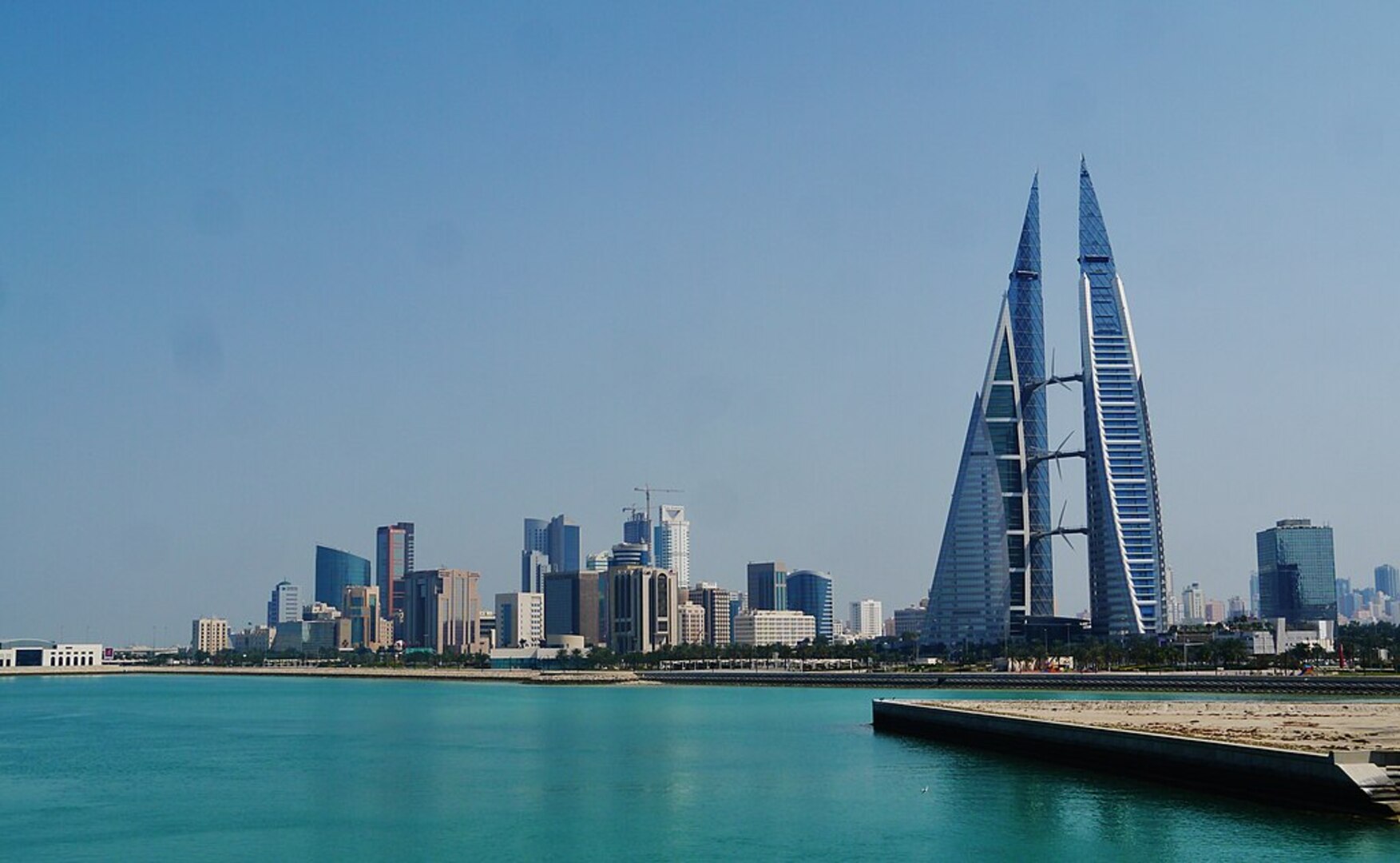
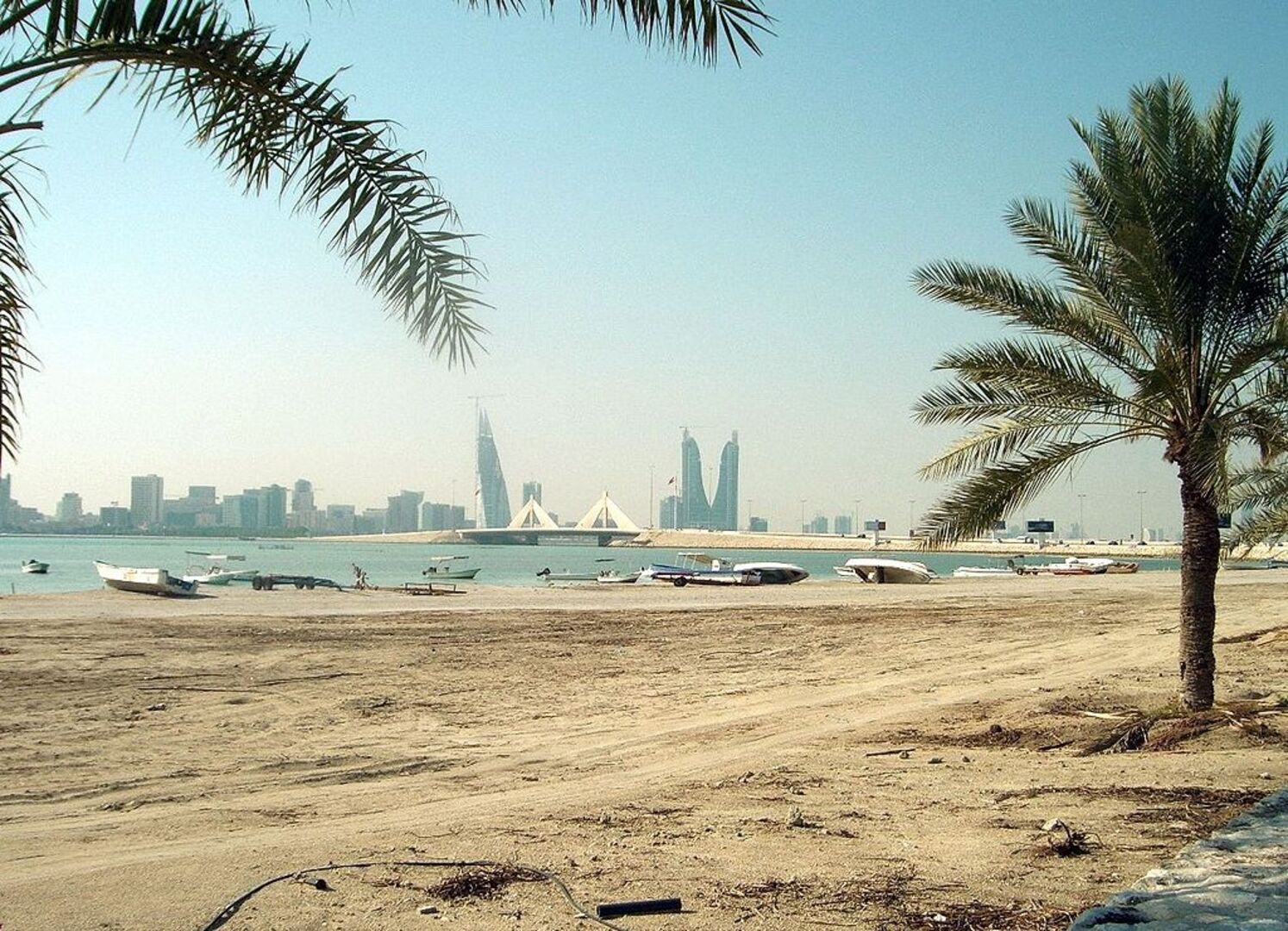
Experience the best of both worlds with visits to Manama's iconic landmarks and Bahrain's serene desert landscapes. Explore Al Fateh Grand Mosque, the historic Bahrain Fort, and the vibrant Manama Souq, then discover the famous Tree of Life in the desert.
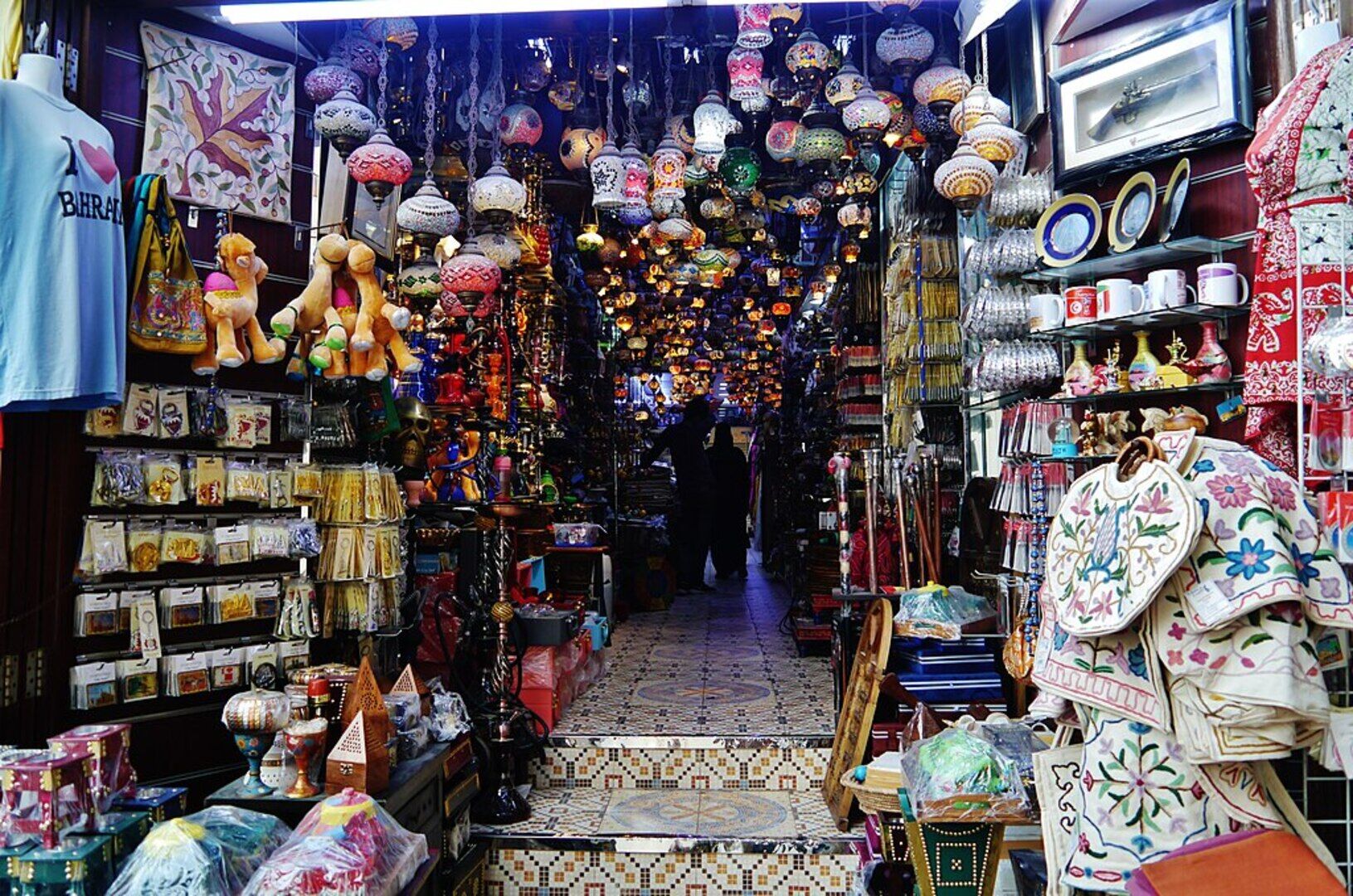
Immerse yourself in Bahrain's rich culinary heritage with a guided food tour through the historic Manama Souq. Sample authentic dishes, learn about traditional spices, and discover the stories behind Bahraini cuisine from local vendors and chefs.
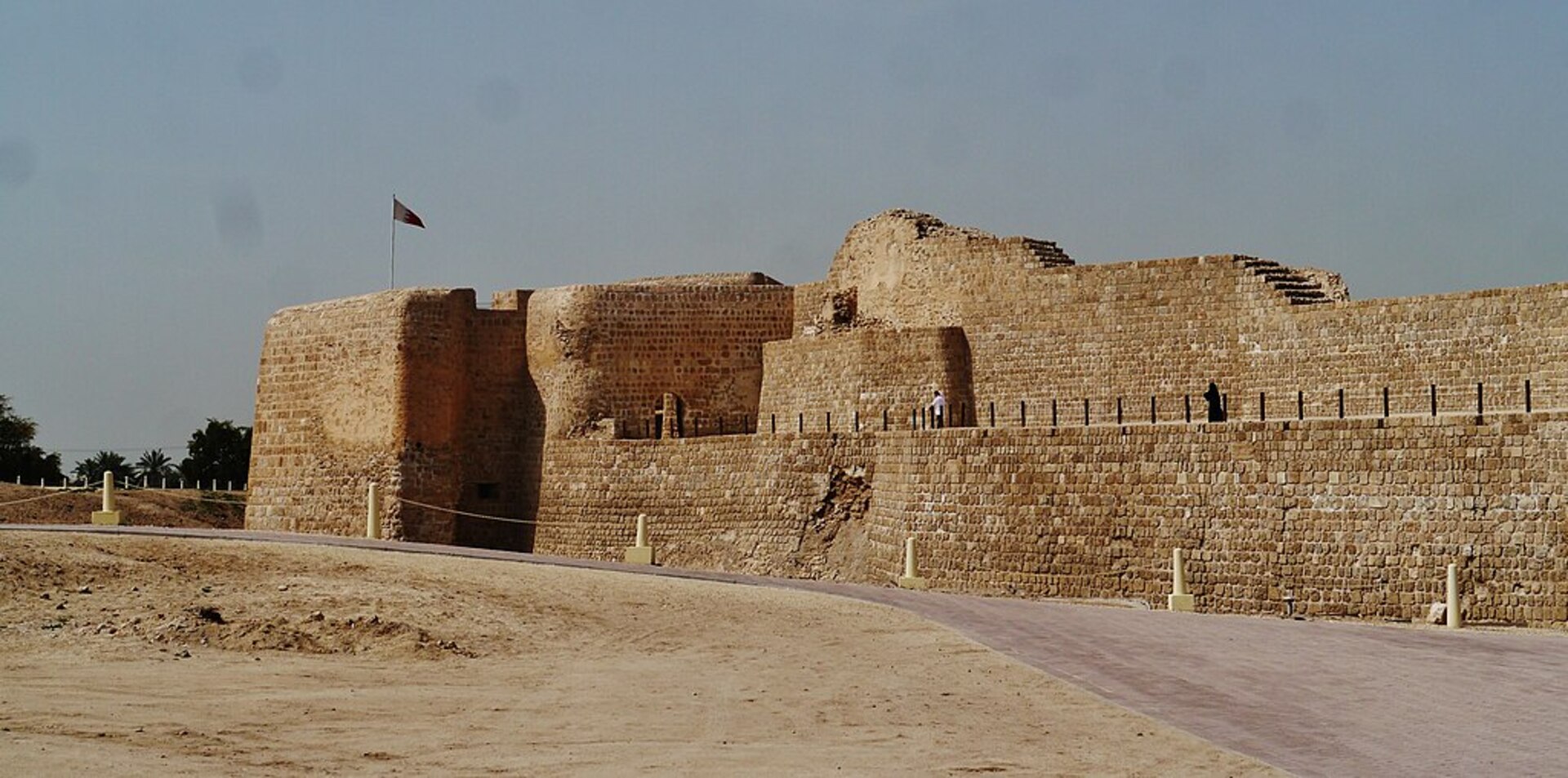
Embark on a comprehensive journey across the Kingdom of Bahrain from the southern deserts to the northern cultural sites. Visit the mysterious Tree of Life, the first oil well, Bahrain International Circuit, and the UNESCO World Heritage Qal'at al-Bahrain.
Manama, the capital and largest city of Bahrain, is a captivating blend of ancient Arabian heritage and modern sophistication. As the heart of the Bahraini archipelago, this vibrant metropolis has been a crucial trading hub for over 4,000 years, connecting the civilizations of Mesopotamia, Persia, and the Indus Valley.
From the UNESCO World Heritage Bahrain Fort (Qal'at al-Bahrain) that showcases the ancient Dilmun civilization, to the gleaming towers of the Bahrain Financial Harbour, Manama seamlessly weaves together its storied past with an ambitious future. The city's bustling souqs, magnificent mosques, and world-class museums offer visitors an authentic taste of Arabian culture.
Today, Manama stands as the cultural and economic capital of the Gulf, where traditional dhows share the harbor with luxury yachts, and centuries-old pearl diving traditions coexist with cutting-edge architecture. Discover a city that celebrates both its heritage and its vision for the future.
Discover History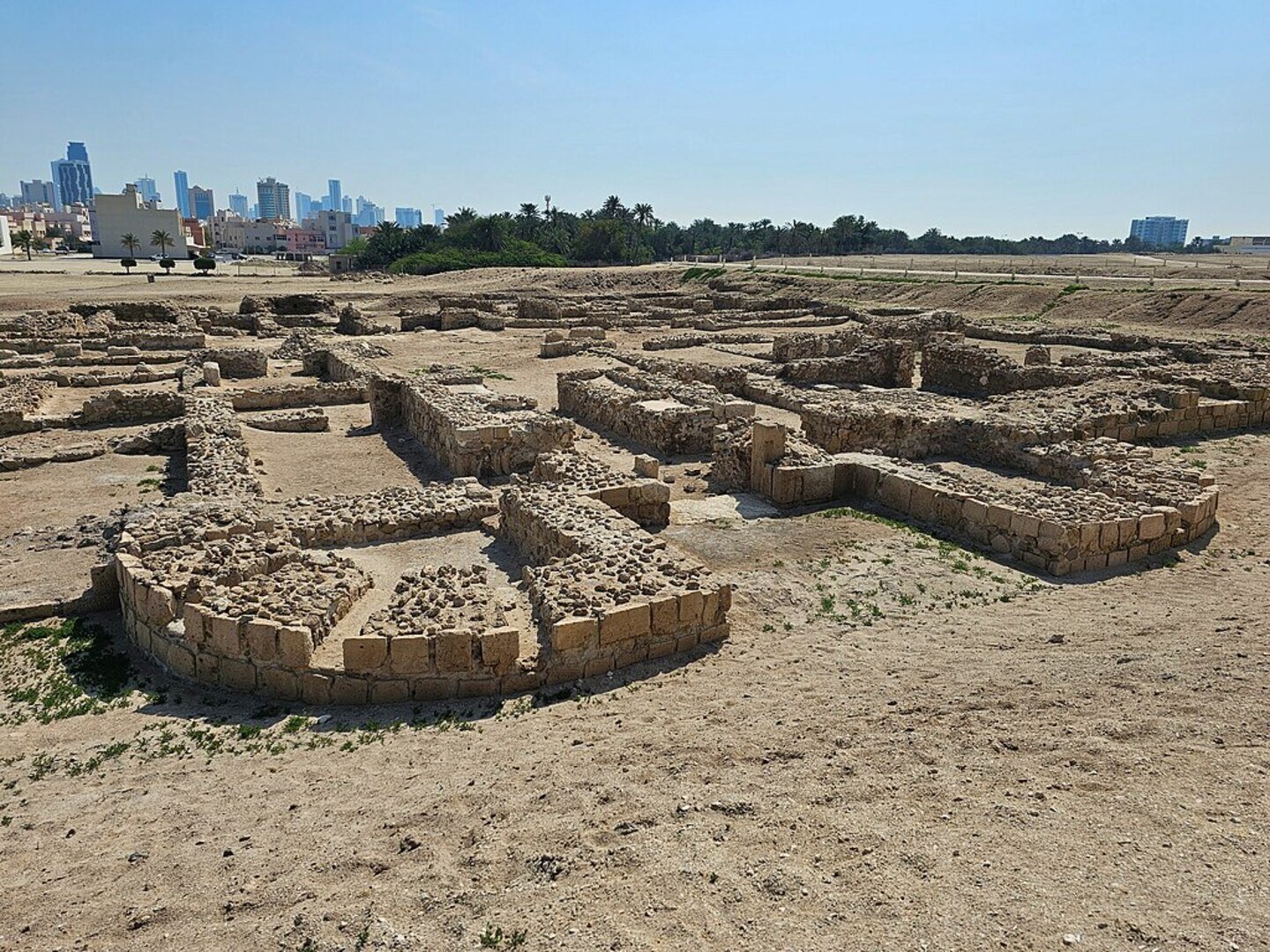
Discover 4,000 years of Arabian history from the ancient Dilmun civilization to modern Islamic culture. Explore magnificent mosques, traditional souqs, and archaeological sites that tell the story of this crossroads of civilizations.
Experience Bahrain's legendary pearl diving heritage that made it the "Pearl of the Gulf." Visit traditional pearl beds, learn about centuries-old diving techniques, and discover how this precious trade shaped the nation's identity.
Savor authentic Bahraini cuisine that blends Arabian, Persian, and Indian influences. From traditional machboos to fresh seafood and aromatic spices in historic souqs, experience flavors that have been perfected over generations.
Marvel at the seamless blend of ancient tradition and cutting-edge modernity. Witness iconic architecture, world-class museums, and a vibrant financial district alongside traditional markets and historic neighborhoods.
c. 2000 BCE - Ancient Dilmun: The area of modern Manama becomes part of the legendary Dilmun civilization, serving as a crucial trading hub between Mesopotamia and the Indus Valley. Archaeological evidence from Qal'at al-Bahrain reveals sophisticated Bronze Age settlements.
3rd-7th Centuries CE - Persian Rule: Under Sassanian influence, the region prospers as a center for pearl diving and trade. The strategic location in the Persian Gulf establishes Manama as a key maritime crossroads.
7th-16th Centuries - Islamic Era: Following the arrival of Islam, Manama develops into an important port city. The famous Al Khamis Mosque, one of the oldest in the region, is built during this period, reflecting the city's growing Islamic identity.
1521-1783 - Portuguese and Persian Periods: Portuguese and later Persian rule brings new architectural influences and international trade connections. The city's strategic importance grows as European powers recognize the Gulf's commercial potential.
1783-Present - Al Khalifa Rule: The Al Khalifa family establishes Bahrain's modern dynasty. The 20th century brings oil discovery, rapid modernization, and Manama's transformation into a regional financial center while preserving its cultural heritage.
Explore Manama highlights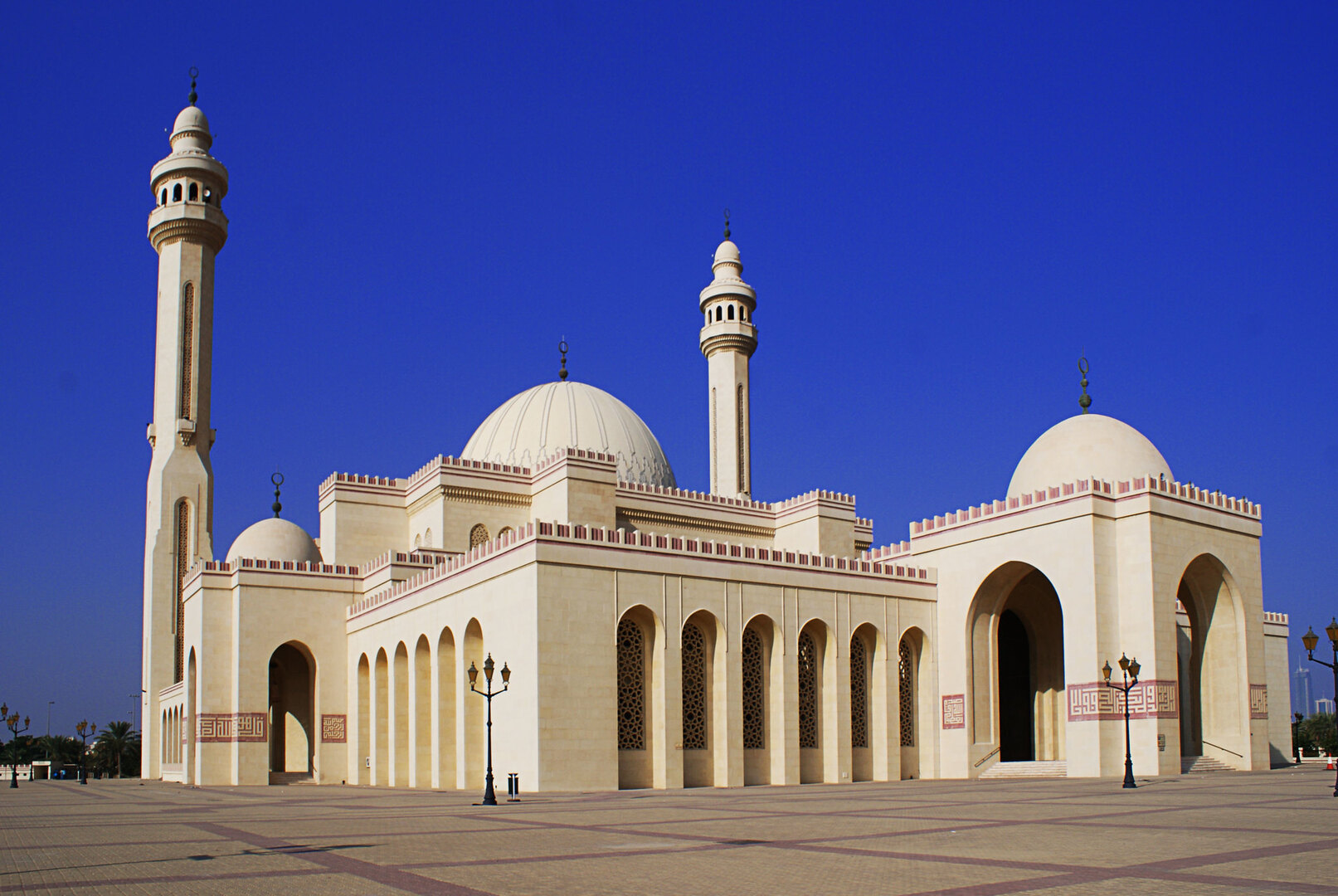
Visit one of the largest mosques in the world, capable of accommodating over 7,000 worshippers. Admire the stunning Islamic architecture featuring Italian marble, Austrian crystal chandeliers, and the world's largest fiberglass dome. Open to visitors of all faiths for guided tours.
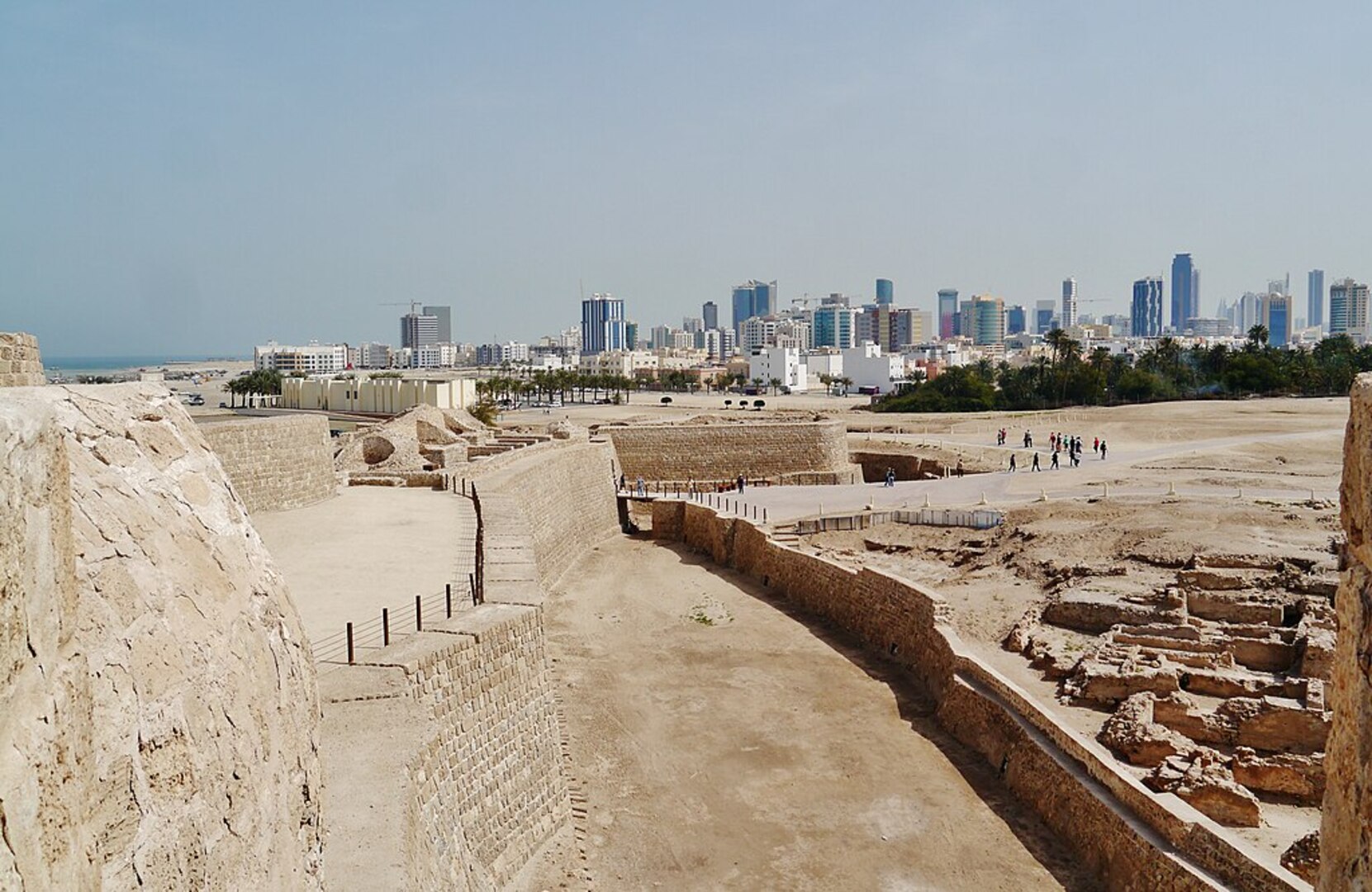
Explore this UNESCO World Heritage site that reveals 4,000 years of continuous habitation. Discover archaeological layers from the ancient Dilmun civilization, Portuguese fortifications, and Islamic periods. The site museum showcases artifacts that tell Bahrain's complete story.
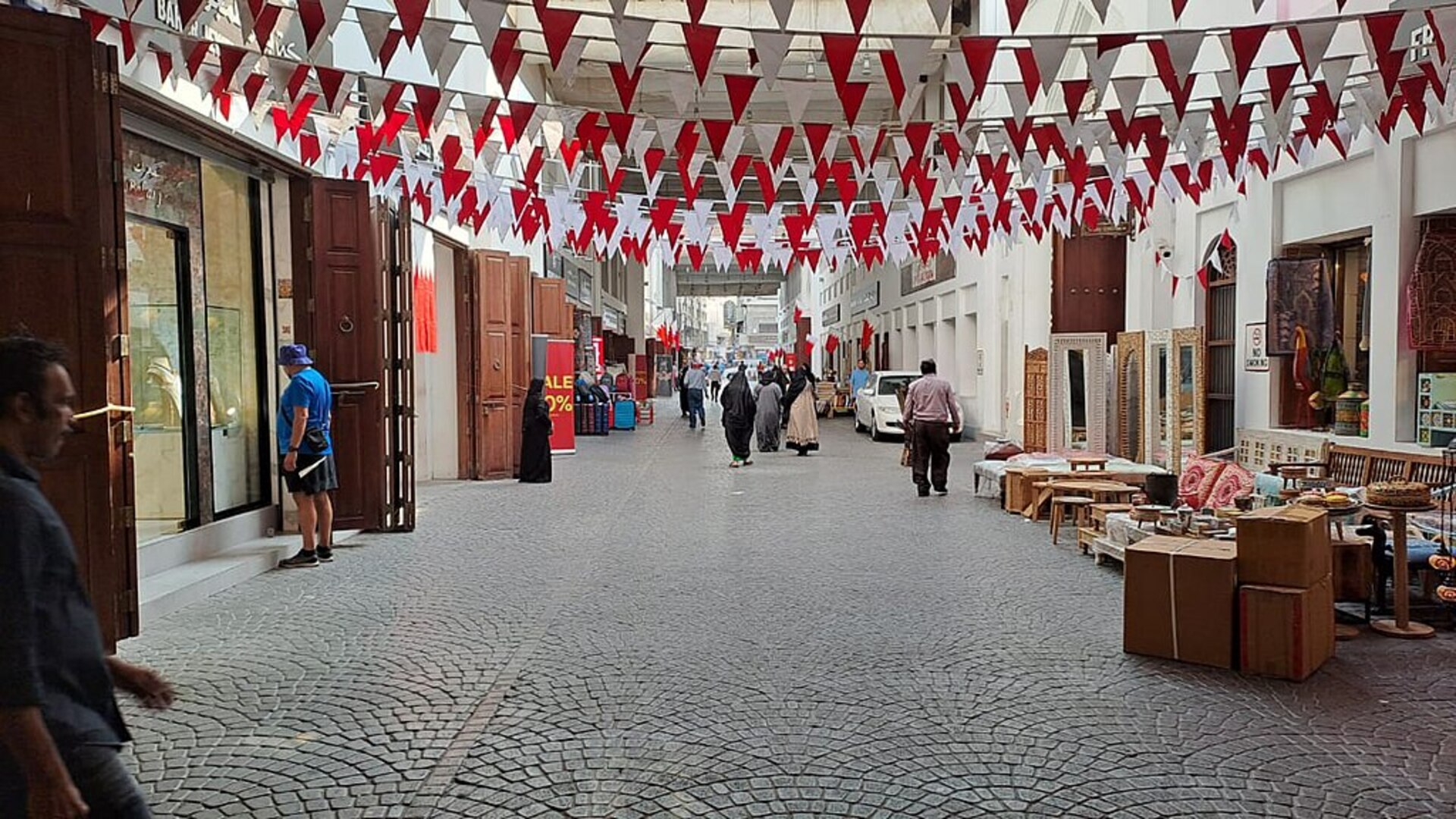
Immerse yourself in the vibrant atmosphere of Bahrain's traditional marketplace. Navigate narrow alleys filled with spice merchants, textile traders, and pearl dealers. Experience authentic Arabian commerce where bargaining is an art and every corner holds treasures from across the Islamic world.
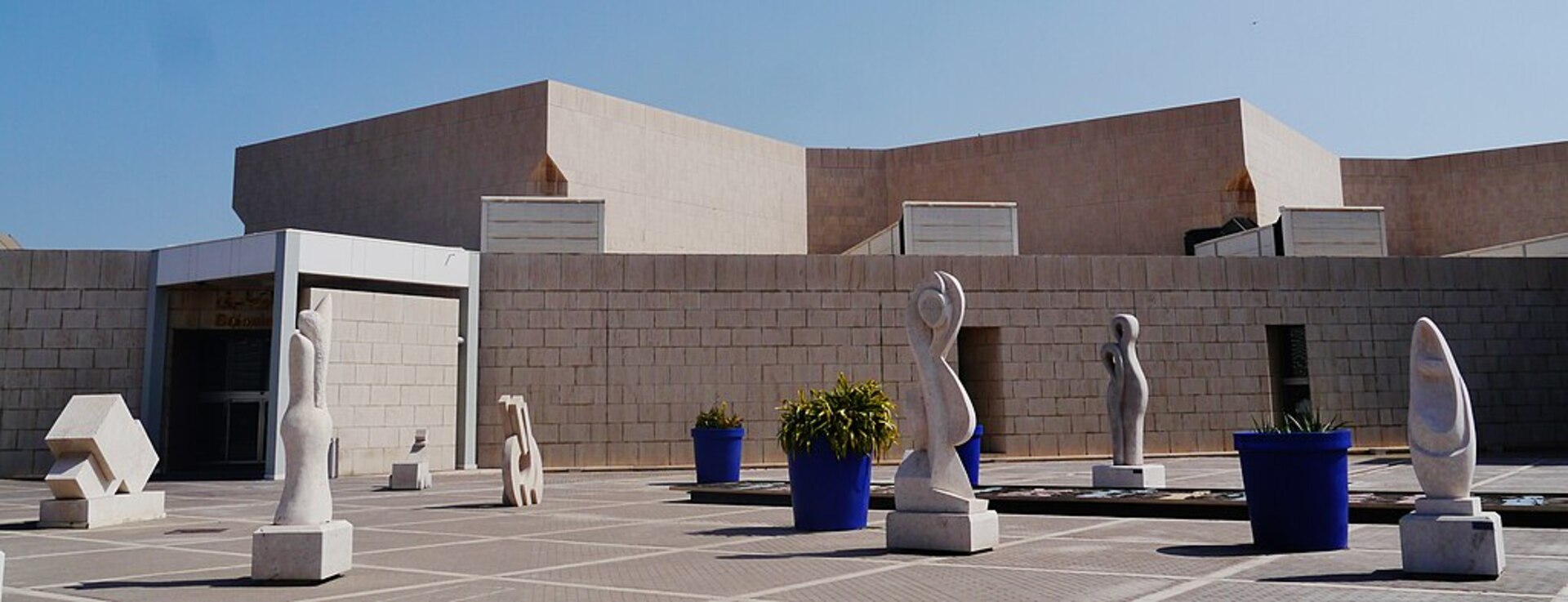
Journey through 6,000 years of Bahraini heritage in this world-class museum. Explore exhibits on the Dilmun civilization, traditional pearl diving, Islamic art, and contemporary culture. The museum's architecture itself is a masterpiece, beautifully integrating with the surrounding landscape.
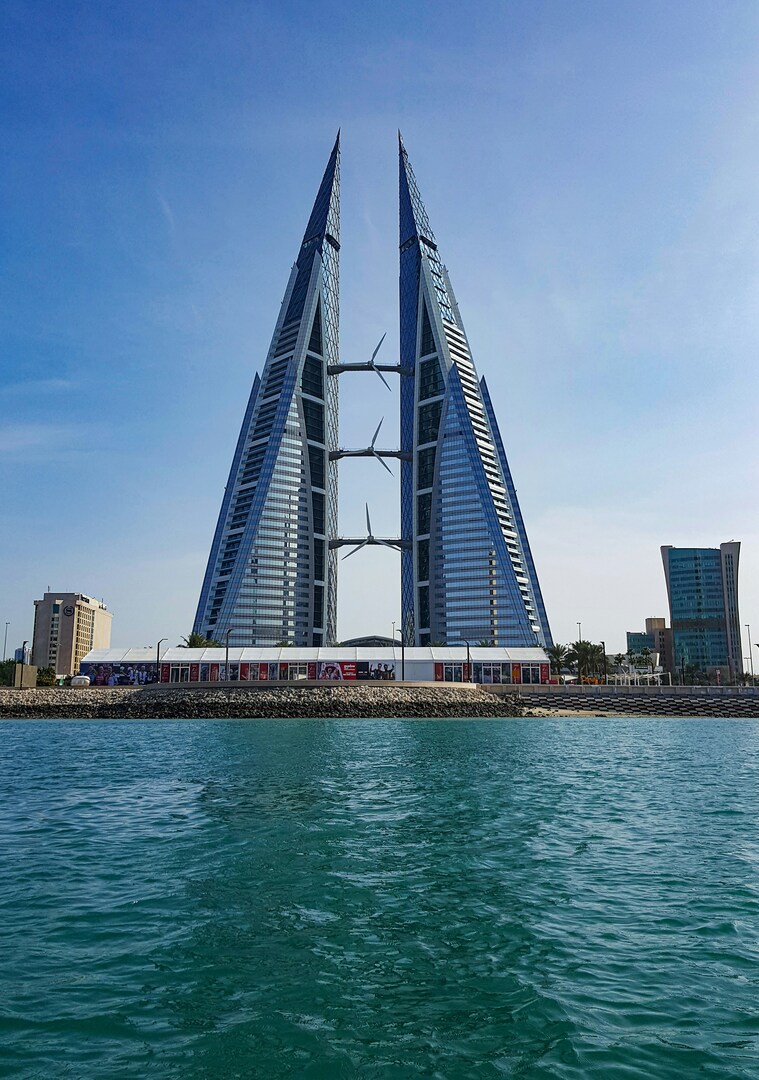
Make the most of your Manama experience with these essential planning tips:
Location: Manama, Capital Governorate, Kingdom of Bahrain
Nearest Airport: Bahrain International Airport (BAH) - 20 min to city center
Coordinates: 26°13'24"N 50°35'15"E
Manama is strategically located on the northeastern coast of Bahrain Island in the Persian Gulf. As the capital and largest city of the Kingdom of Bahrain, it serves as the political, economic, and cultural heart of this Arabian archipelago. The city's strategic position has made it a crucial trading hub connecting Arabia, Persia, and the Indian subcontinent for over 4,000 years.
Allow a minimum of two days to see Manama's main attractions including Al Fateh Grand Mosque, Bahrain Fort, and the Manama Souq. Three to four days enables deeper cultural exploration, museum visits, and desert excursions. A week allows complete immersion in Bahraini culture and nearby archaeological sites.
Many nationalities can obtain a visa on arrival or eVisa online for Bahrain. GCC nationals enter freely. Visa fees vary by nationality (typically $5-25 USD). Your passport must be valid for at least 6 months. Check current requirements for your specific country before travel as regulations change frequently.
Absolutely! Manama is very family-friendly with safe, modern facilities and welcoming culture. Children enjoy interactive exhibits at the National Museum, exploring the vibrant souqs, and learning about pearl diving heritage. Most attractions have air conditioning, and international cuisine is widely available alongside traditional dishes.
November to March offers the best weather with pleasant temperatures (20-28°C) and low humidity. Summer months (June-September) can be very hot (35-42°C) but offer excellent indoor attractions with air conditioning. Spring and autumn provide ideal conditions for outdoor exploration and cultural activities.
English is widely spoken throughout Manama, especially in tourist areas, hotels, and restaurants. Most Bahrainis are multilingual, speaking Arabic, English, and often Hindi or Persian. Signs are typically in both Arabic and English. Basic Arabic greetings are appreciated but not necessary for a comfortable visit.
Bahrain is liberal and welcoming to visitors. Dress modestly when visiting mosques (shoulders and knees covered). Respect Islamic customs, especially during Ramadan and prayer times. Tipping is appreciated but not mandatory. Photography is welcome at most tourist sites. Friday is the holy day with some businesses closed.
Essential items include light, breathable clothing that covers shoulders and knees for mosque visits, comfortable walking shoes, sun protection (hat, sunscreen, sunglasses), and a light jacket for air-conditioned spaces. Bring a camera, power bank, and consider downloading prayer times and currency conversion apps.